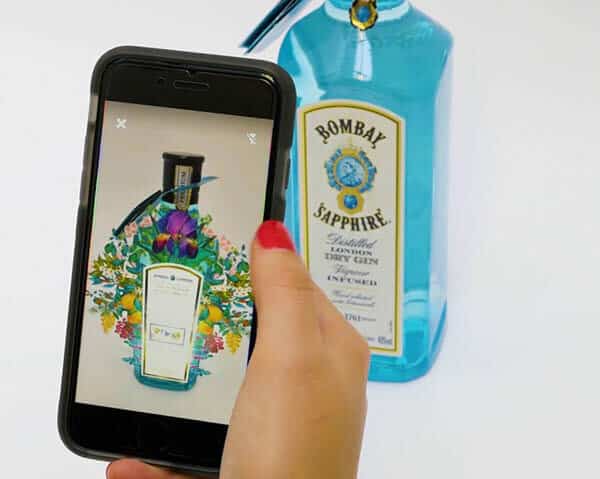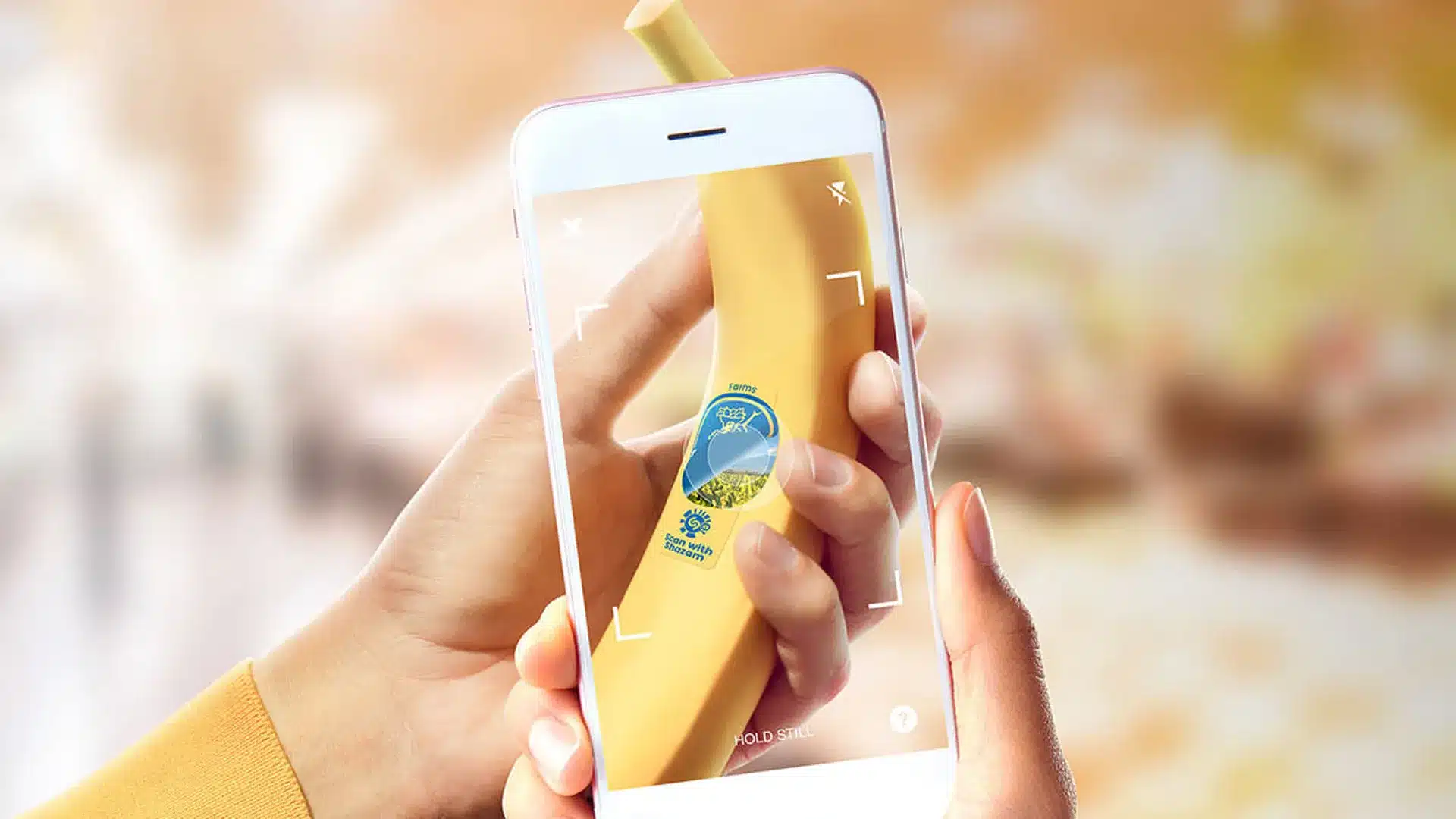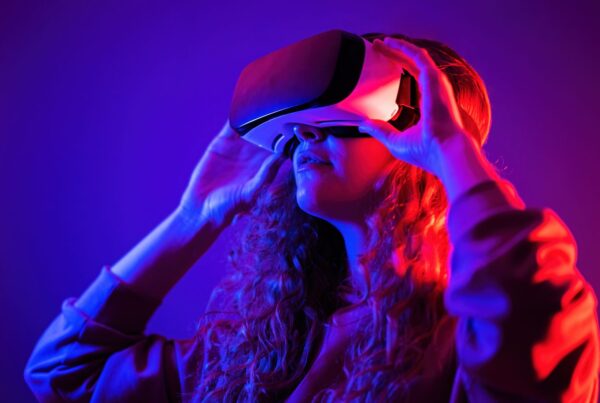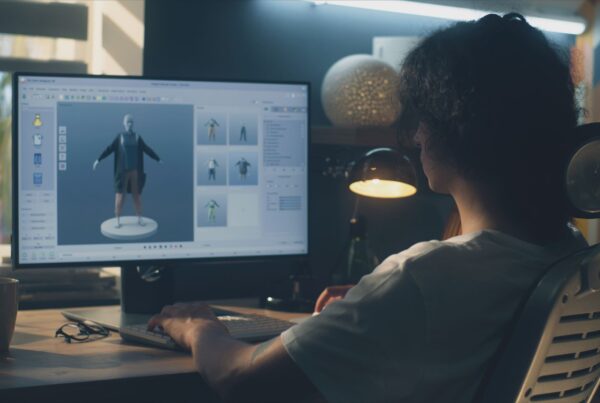New technologies are changing the overall consumer experience. In our article “How The Metaverse Will Change Digital Marketing“, we point out that due to the rapid growth of augmented reality (AR), many companies have specifically incorporated this technology into their modern marketing practices. In the future, you can expect AR to become commonplace in your shopping experience. This is a remarkable way in which AR is being integrated into everyday life, especially with the proliferation of smartphones. Today, brands can provide details about products via personal devices, allowing customers to personally interact with relevant information in a creative and immersive way.
One example of this is the use of augmented reality for packaging. AR technology usually triggers further information when a user points their device at the packaging in question. In recent years, many brands have integrated AR to create unique packaging and thus create interesting consumer experiences. The following are just a few great examples:

Herbal Essences
Haircare brand Herbal Essences has developed an AR app that allows users to scan their beach plastic bottles. The scan triggered an AR experience that transported users to an interactive beach landscape. An informative video was shown in which the company explained the use of recycled plastic in its limited edition bottles and at the same time urged consumers to become aware of the global plastic waste problem. Herbal Essences did well to utilise sustainability in their AR packaging. In a global survey on sustainability, over 70% of consumers said that a brand’s actions on climate change would influence their purchasing decisions. Using their AR packaging as a means to communicate their recycling story, Herbal Essences was able to capture the interest of consumers who have strong ethical values.
Jack Daniels
The way Jack Daniel’s uses AR on its packaging emphasises its strong brand identity. By scanning a bottle, users were guided through a comprehensive virtual tour of the Jack Daniels distillery. A series of dioramas in the style of pop-up books guided visitors through the process of whisky production. Users of the app also had access to anecdotes from Jack Daniels himself. The brand’s Modern Media Director said in a press release that the AR app was an attempt to deliver unique content through novel digital media – which they certainly succeeded in doing. According to the Wikitude post about the Jack Daniel’s AR experience, just thirty days after the official launch of the app, there were more than 30,000 iOS and Android users who viewed 110,000 “Jack Stories” AR experiences.
Pepsi
#FORTHELOVEOFIT – that was the title of an international football campaign that Pepsi successfully realised, and of course the AR packaging was one of the key features. By scanning the limited edition packaging on Pepsi and Pepsi Black/MAX cans, users were able to unlock AR versions of Messi, Paul Pogba, Mo Salah and Raheem Sterling. In addition, participants were able to compete against the aforementioned players and share the results of their challenges on Instagram. In a report on how Pepsi applied gamified AR to packaging, the brand shared that its mobile tactic became popular with many people, whether regular customers or not. As a result, Pepsi increased its investment in advertising and media to build on the success of its AR packaging.
The use of AR for packaging is one of the many innovative ways in which new technologies are changing the consumer experience. And with the examples above as proof, we can definitely expect even more creativity.





